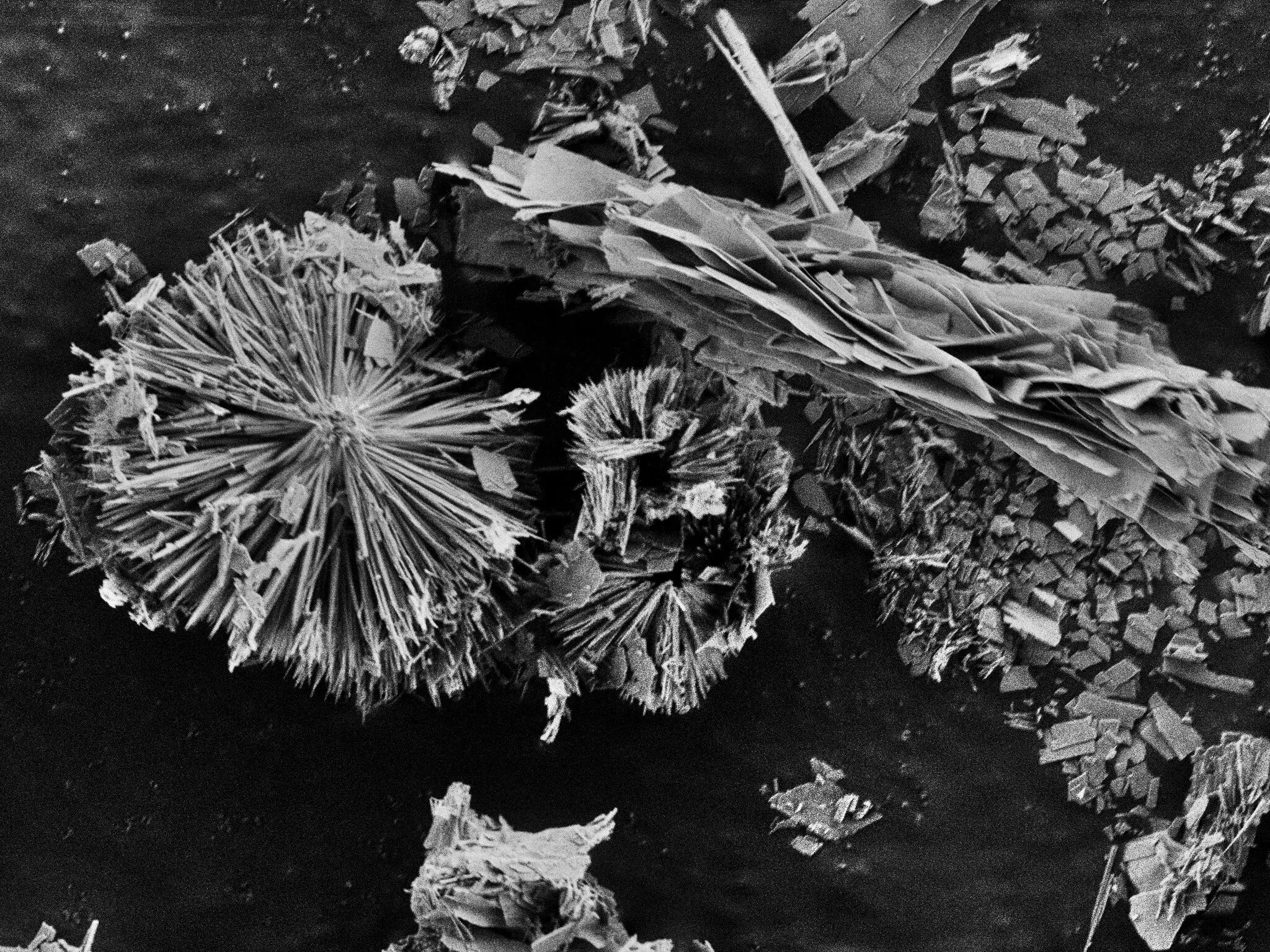In the quest for sustainable energy sources, green hydrogen has emerged as a promising solution for storing renewable energy. Electrolytic water splitting, a process that produces hydrogen and oxygen gas using electricity, is a key technique in the production of green hydrogen. The efficiency of the oxygen evolution reaction (OER) is critical in this process, and the search for efficient catalysts has led researchers to explore the potential of MXenes.
The Promise of MXenes
MXenes, a class of materials composed of transition metals combined with carbon and/or nitrogen, have garnered attention for their unique properties. These materials boast a large internal surface area, making them ideal candidates for applications such as charge storage and catalysis. In the pursuit of efficient OER catalysts, researchers have turned to MXenes as a potential solution to overcome the limitations posed by traditional catalysts such as nickel oxides.
A recent study led by HZB chemist Michelle Browne showcased the catalytic potential of functionalized MXenes in the oxygen evolution reaction. By chemically modifying MXenes with copper and cobalt hydroxides, the researchers were able to enhance the catalytic activity of the material. This functionalization not only improved efficiency but also demonstrated superior stability compared to pure metal oxide catalysts.
Detailed characterization studies conducted at the Berlin X-ray source BESSY II and Soleil Synchrotron in France provided valuable insights into the structural properties of the MXene catalysts. Techniques such as scanning electron microscopy (SEM/TEM), X-ray diffraction (XRD), and X-ray photoelectron spectroscopy (XPS) revealed the unique surface properties of the functionalized MXenes. The team’s findings underscored the potential of MXenes as highly effective catalysts for electrolytic water splitting.
Future Directions and Collaborations
The success of the study has paved the way for further research on MXene catalysts for green hydrogen production. Collaborations with partner teams from Trinity College, Dublin, Ireland, and the University of Chemistry and Technology, Prague, are set to continue. Future research efforts will focus on exploring additional chemical modifications of MXene catalysts and evaluating their performance in conventional electrolyzers under continuous operation.
The study highlights the significant potential of MXene catalysts for advancing green hydrogen production through efficient electrolytic water splitting. By leveraging the unique properties of MXenes and exploring innovative functionalization strategies, researchers are poised to overcome existing challenges in OER catalysis. The findings underscore the importance of interdisciplinary collaborations and continuous exploration of novel materials for sustainable energy solutions.


Leave a Reply